Dry Detention Ponds and Hydrodynamic Structures
Purpose/Function:
This practice temporarily stores runoff and releases it slowly via surface flow or groundwater infiltration following storms. The water quality functions of dry detention ponds operate primarily by removing suspended particles via settling due to decreased water velocity.
Initiation protocol:
These facilities are often designed when an urban development project is being undertaken. In some situations, this practice is implemented as a retrofit opportunity to improve water quality treatment from an older practice which was design primarily with water quantity control in mind.
Implementation Factors (level of difficulty):
Difficult. This practice involves storm calculations and engineering to ensure proper sizing and storage capacity.
Funding Sources / Options:
These projects are typically funded by project developers.
Costs:
Costs estimated as $ per impervious acre treated.
| Cost Estimates | EPA | King & Hagan | Average |
| Initial | $10,264 | $10,750 | $10,507 |
| Annual | $596 | $595 | $595.50 |
| Lifespan (yrs) | 20 | 20 | 20 |
| Annualized | $1,109.20 | $1,132.50 | $1,120.85 |
Notes: King & Hagan figures are expressed in units of “impervious acres treated”. To convert to urban acres treated, this analysis uses a factor of 0.25, based on two assumptions: (1) there are three acres of pervious land for every acre of impervious and (2) the additional volume required for pervious treatment is minimal.
Load Reduction Efficiency:
Total Nitrogen removed per acre treated per year
|
Low 0.33 lbs. |
Medium 0.60 lbs. |
High 1.02 lbs. |
Cost per pound removed = between $1,103 and $3,393
Total Phosphorous removed per acre of treated per year
|
Low 0.05 lbs. |
Medium 0.06 lbs. |
High 0.11 lbs. |
Cost per pound removed = between $ 9,772 and $ 23,242
Total Suspended Solids removed per acre treated per year
|
Low 2 lbs. |
Medium 19 lbs. |
High 77 lbs. |
Cost per pound removed = between $14.53 and $665.10
Operation & Maintenance:
Responsibility for maintenance varies across the Shore. However, if your homeowners’ association or business is subject to a maintenance agreement, most likely you are the responsible party. It is important to check your maintenance agreement to identify your specific legal obligations. If you are not sure who is responsible for maintenance, contact your local engineering or public works department.
Related Best Management Practices
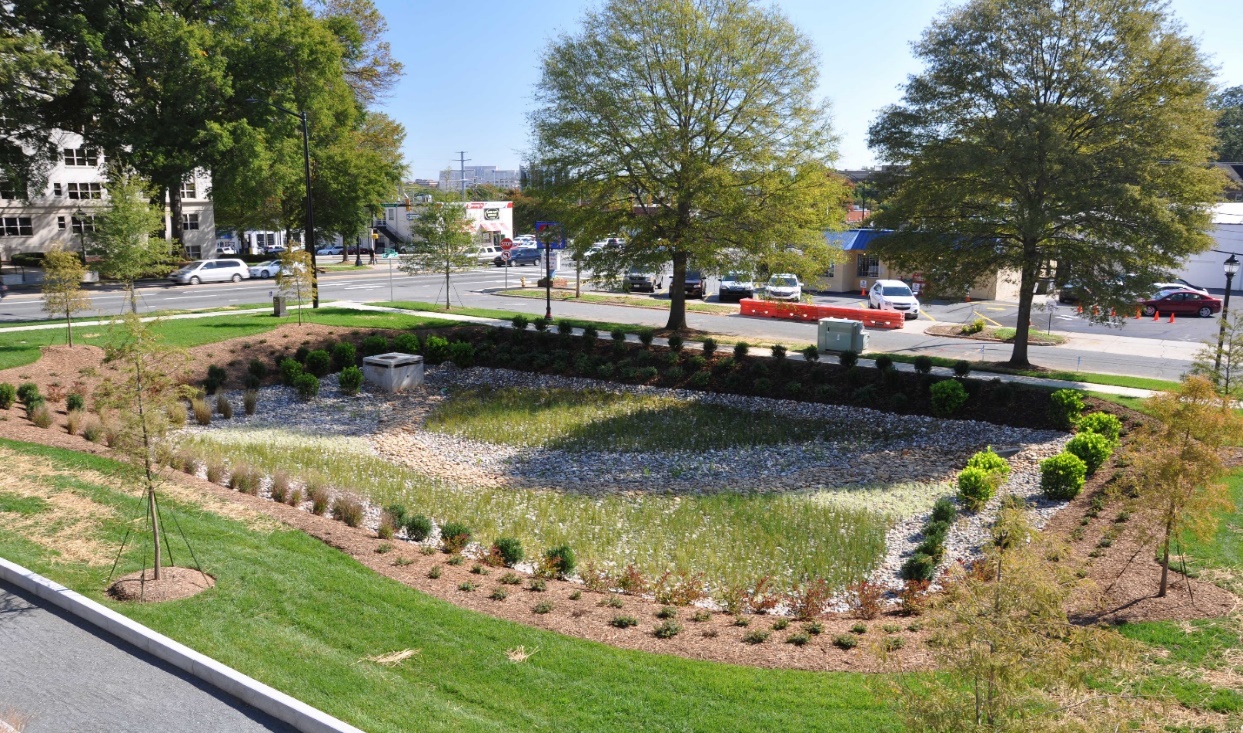
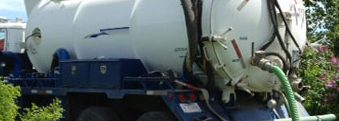


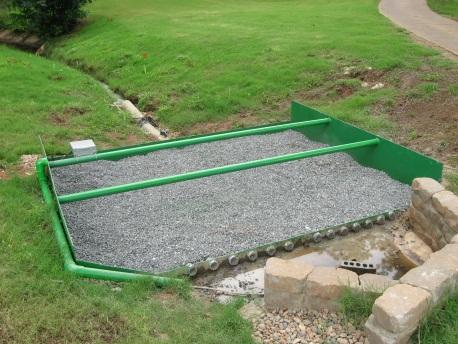
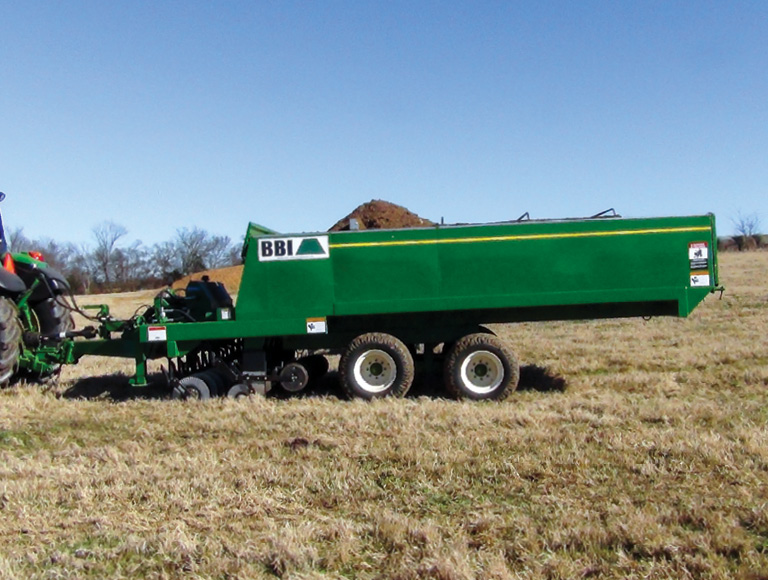
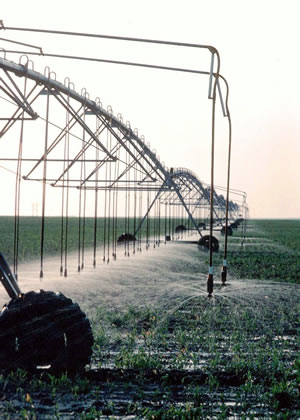
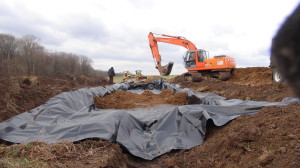
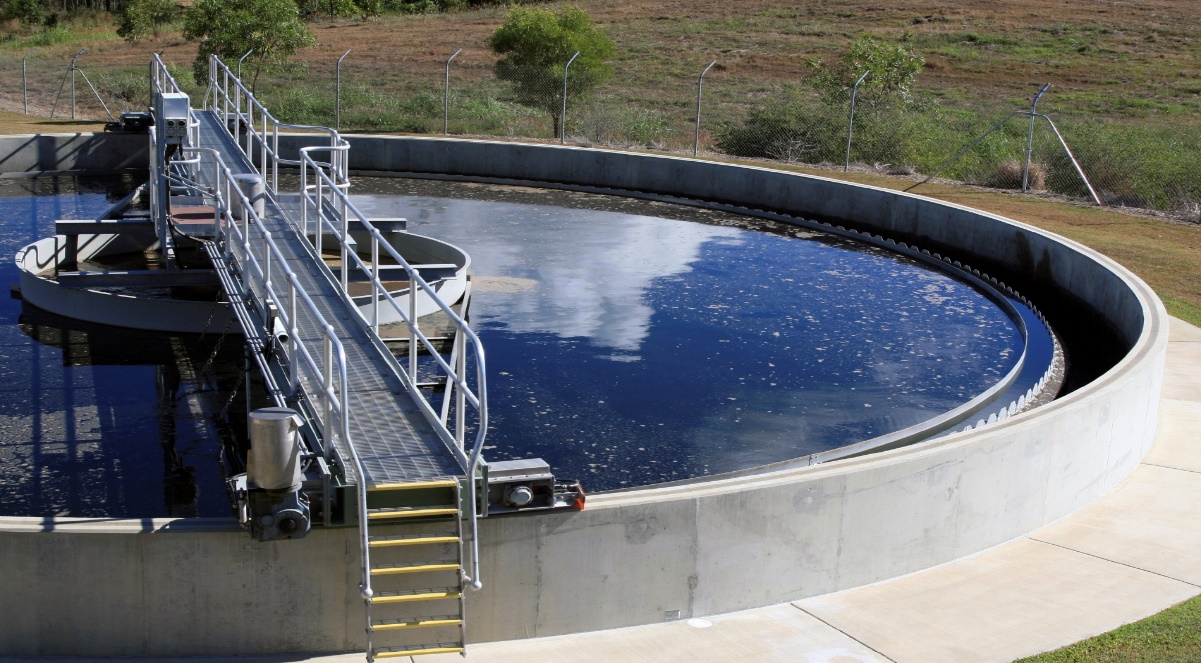


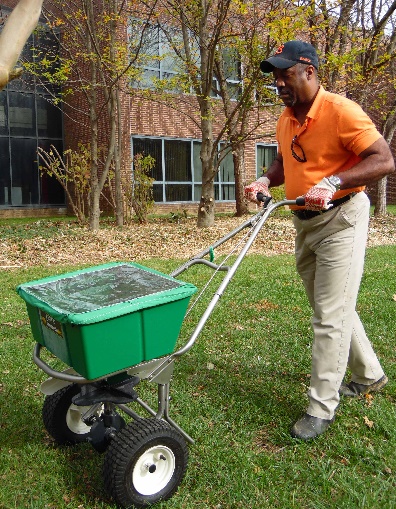

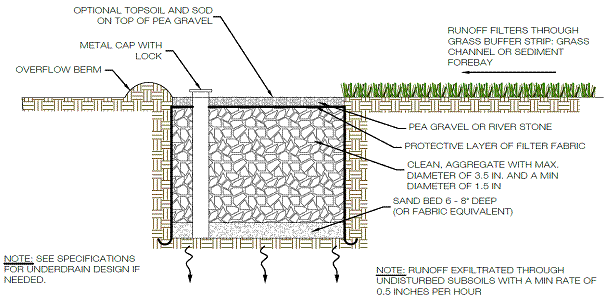
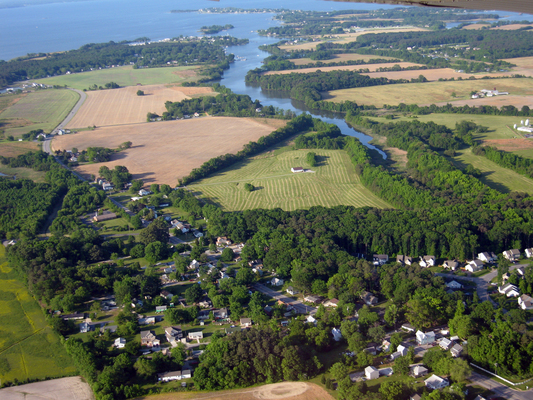
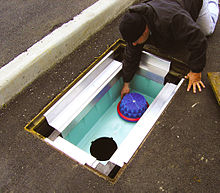
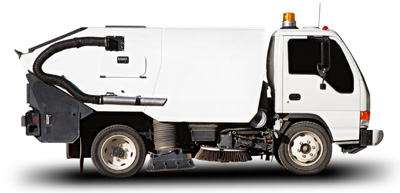
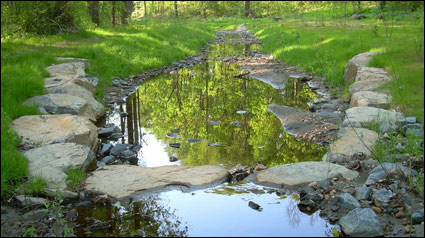
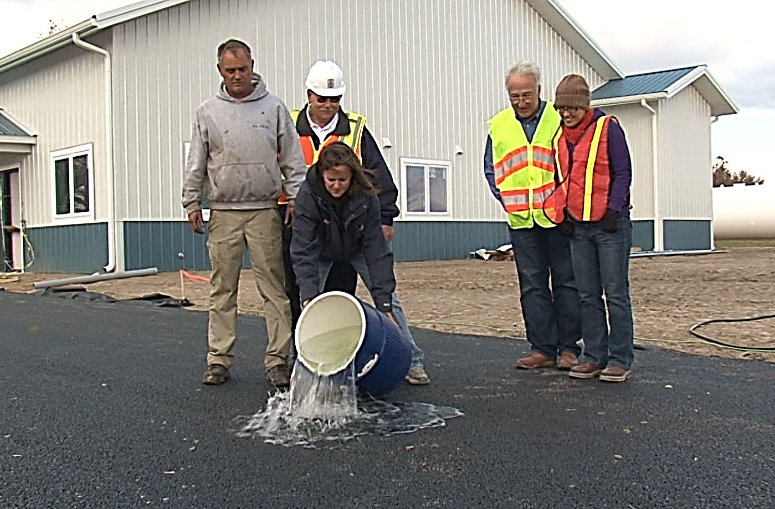
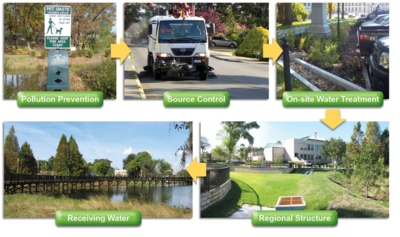
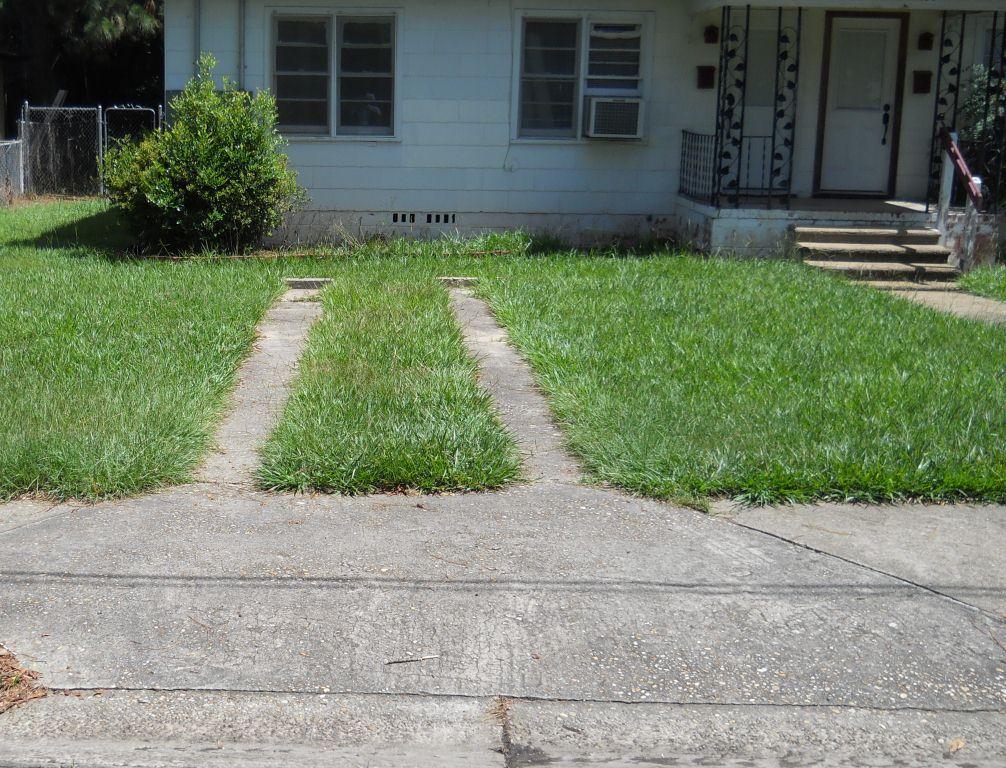
Feedback on This Best Practice